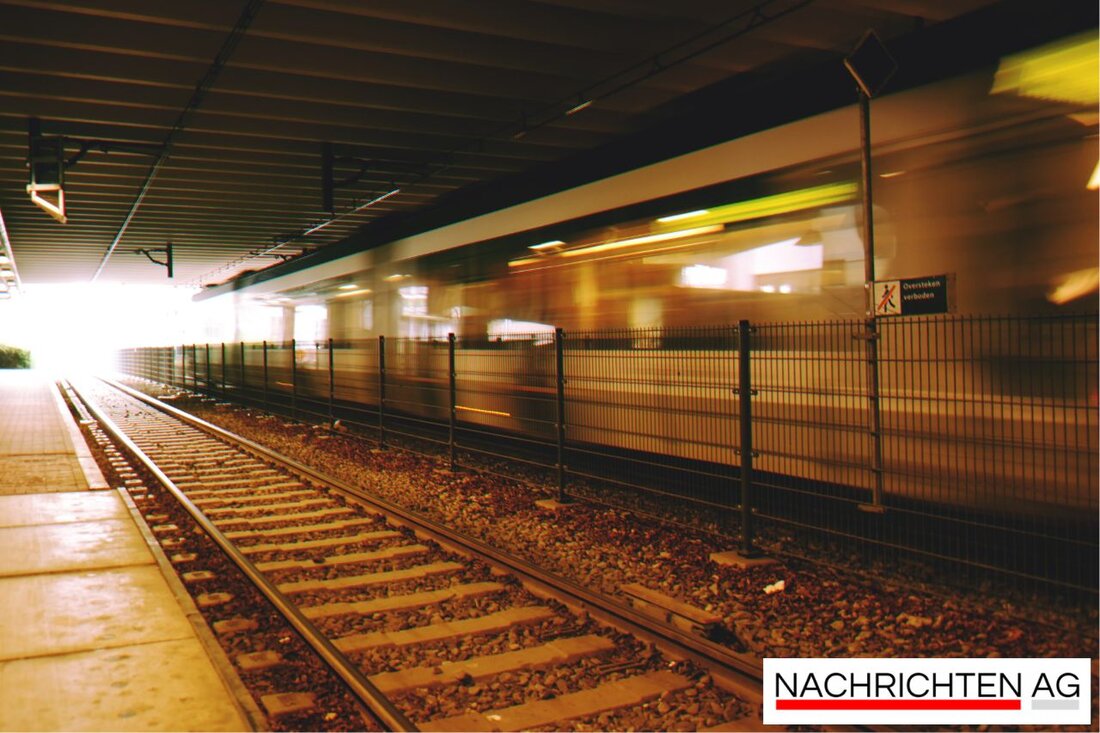Marzahn-Hellersdorf: Exciting exhibition about street names and history!
Special exhibition in Berlin on street names: opening on September 12, 2025, topics: history and renaming.

Marzahn-Hellersdorf: Exciting exhibition about street names and history!
The special exhibition "Rename?! Marzahn-Hellersdorf - History on the Open Street" has been on display in the Marzahn-Hellersdorf District Museum since September 12, 2025. This exhibition addresses the emergence and change of street names in Berlin and the district and illuminates the historical, political and social background of street names over a period of more than 100 years. The curator Dr. David Johst has compiled an impressive collection of historical maps, photographs, street signs and documents to illustrate the evolution of street names. The exhibition runs until December 19, 2025 and is open on weekdays from 10 a.m. to 6 p.m. Saxophonist Roland Linares provided musical accompaniment for the opening.
Particular attention is paid to historically influenced naming, which dates back to the time of the Nazi dictatorship and the GDR, as well as to current debates about controversial street names. In the last six years, at least 16 streets and squares in Berlin have been renamed because of colonial, racist or anti-Semitic involvement. The districts with the most changes are Mitte, Neukölln and Charlottenburg-Wilmersdorf. The most well-known renamings include Wissmannstraße, which was renamed Lucy-Lameck-Straße in 2021, and Petersallee, which has been known as Anna-Mungunda-Allee and Maji-Maji-Allee since 2019.
Current developments and debates
The renaming of streets is a hot topic in many places, which is once again coming into focus, not least because of the Black Lives Matter movement. Critics of retaining controversial names argue that they reflect Germany's colonial past. The term “Moor”, which describes Mohrenstrasse, is considered a racist term and is part of this debate. Residents are de facto demanding that it be renamed. The BVG also plans to rename the Mohrenstraße subway station by the end of the year.
However, the renaming of Mohrenstrasse is not the only discussion about street names. The renaming of Maerckerweg, named after a major general who was involved in the genocide of the Herero and Nama, is currently being discussed publicly. There are efforts in the district council to adapt the street to new historical circumstances.
Social impact and political context
The renaming that took place in Berlin often has far-reaching social consequences. For example, residents have to take care of address changes in their identity cards and vehicle registration documents, which is associated with effort and sometimes costs. Nevertheless, in many cases these renamings are only permitted in exceptional cases, for example in the case of namesakes with a negative historical background.
The political majority has a decisive influence on the acceptance of these measures, which remain controversial. The discussions about street naming are not only local matters, but also raise questions about the culture of remembrance and how to deal with the colonial and National Socialist past.
The special exhibition in the Marzahn-Hellersdorf District Museum is therefore not only an opportunity to reflect on one's own history, but also a contribution to the continuation of this important public debate about renaming streets, which is far from over.

 Suche
Suche
 Mein Konto
Mein Konto
